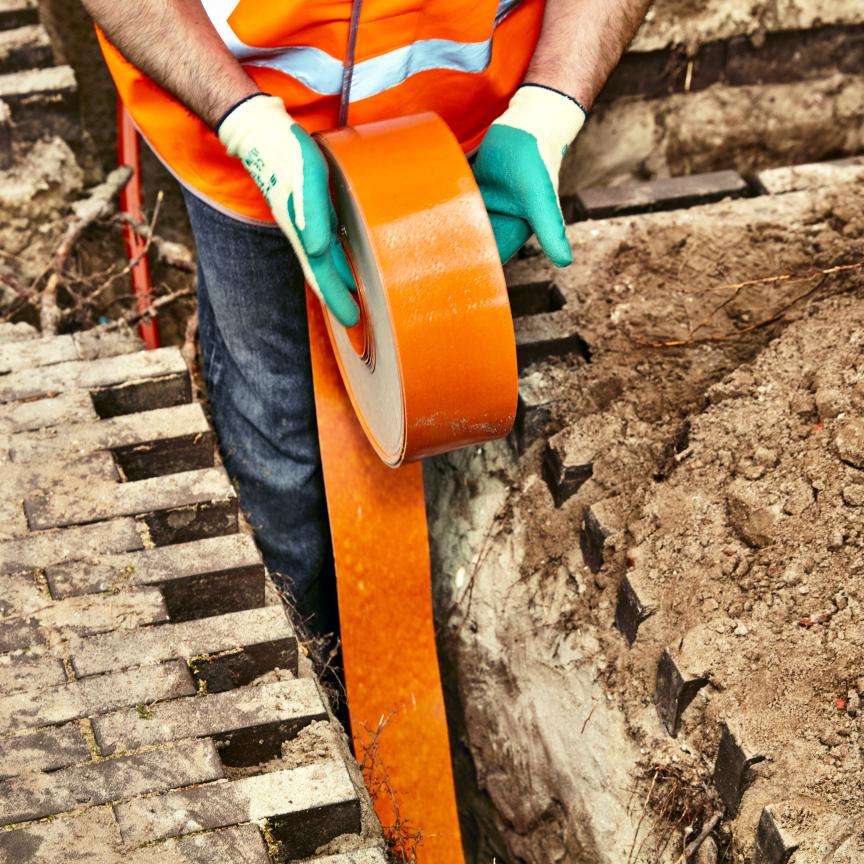A survey commissioned by the Independent Networks Co-operative Association (INCA), and compiled by Point Topic has revealed that the UK’s independent network providers (altnets) increased their full-fibre coverage by 50 per cent in 2019, up from 23 per cent growth in 2018, to pass 1.2m premises.
The report – Metrics for the UK independent network sector – details strong continued investment – with financial-related announcements up by £936m – and growth in network deployment by altnets. Rural fixed wireless connections remain stable.
Point Topic compiled the statistics with reliance on self-reporting by network operators. Where numbers were unknown, it used its own estimates, including postcode data if available, in collaboration with partner company, Thinkbroadband. INCA members were surveyed during January to early March 2020 and the report also draws on Point Topic’s continuing Superfast & Ultrafast Broadband Update and Broadband Geography research programmes, which have been gathering information and datasets since June 2009.
There has been a significant push by the government in recent years to provide full-fibre for all, and the report finds that this is reflected in the altnet industry, as it aims to reach 2.4m premises with full-fibre at the end of 2020 and 15.7 million premises by end-2025. Being able to achieve this is dependent on a number of factors listed in the report, such delivery times for services from the incumbent, and getting wayleaves.
Malcolm Corbett, CEO at INCA explained: ‘The substantial increase from last year is very promising. These impressive results are reflected in the scale of investment in the UK’s digital infrastructure. We calculate that a commitment of £6.6bn has been announced for the independent operators. Coronavirus has demonstrated clearly the reliance we all have on connectivity. We look forward to seeing government continuing to prioritise renewal of the UK’s digital infrastructure, both fixed-line and wireless.’
As Corbett said, and noted in the report, the covid-19 pandemic is having an impact on the telecommunications sector along with the rest of society. However, the report notes that many of the operators’ other concerns are being addressed. Planning and street work delays and/or costs, which was last year’s key issue has moved down the list, suggesting that work undertaken by government and local authorities is starting to pay-off.
Looking at 2019, the report’s evidence suggested that the UK’s independent network operators passed 1.2 million homes with fixed superfast or ultrafast broadband. The majority of these use ultrafast fibre-to-the-premises or home FTTP/H and fibre-to-the-building (FTTB) technology. Fixed wireless networks can address up to 2.3m premises, though this is more challenging to assess accurately. The research shows that connections to WISPs remain stable at around 110,000.
In addition, independent providers now have 366,000 live connections. This is a rise of 23 per cent since last year. Annelise Berendt, principal associate at Point Topic said: ‘The independent network operator sector has seen some fantastic growth from last year. It is clear from the report that independent operators are playing a significant role in helping the UK government reach their full-fibre targets.’
INCA also recently announced that it would bring all of its events online during the pandemis, and continues to disseminate information from the Department for Digital, Culture, Media & Sport (DCMS) about cvoid-19 and working practices to its members.

